Sustainable healthcare: a holistic approach towards net zero
The UN aims for one billion more people to access affordable healthcare by 2025. To achieve this, significant investment is needed, an expected additional US$371 billion annually to meet universal health coverage targets. However, healthcare systems globally currently contribute 4-5% of total carbon emissions which equates to approximately 2-2.4 gigatons of CO2. If the UN’s goal is achieved, the increased carbon emissions could add 382 million tonnes of CO2 annually, increasing the global healthcare carbon footprint by 16%. The figures involved are toe-curling and are forcing the medical community to extend their duty of care beyond individual patients, and to seek ways to better protect and safeguard the planet’s natural resources on which we depend.
While day-to-day healthcare is traditionally carbon-intensive, it also needs to be resilient to the health emergency that climate change brings. In the past few years there have been intense storms and floods, more frequent heatwaves and infectious diseases which threaten to undermine years of intergenerational health gains achieved through improved air quality, a more physically active population and healthier diets. If there was ever a time to decarbonise healthcare, that time is now.
Decarbonising healthcare, where do we start?
As with all other sectors reviewing carbon footprint management, the first step in reducing carbon emissions is understanding where they are coming from. Energy Efficiency Consultants complete energy audit services to extrapolate data to identify where interventions can be introduced within a robust yet realistically achievable carbon management strategy.
Energy audit: the detail needed to unlock sustainability
Every aspect of a healthcare facility, from energy usage, the meals consumed, the medical and housekeeping supplies, transportation, through to emissions from medical gases and clinical waste contribute to its carbon footprint. Emissions are categorised in the Greenhouse Gas Protocol, into three Scopes:
- Scope 1: Direct emissions from activities like heating.
- Scope 2: Indirect emissions from energy consumption.
- Scope 3: Indirect emissions from procured goods and services.

Quantifying emissions in healthcare
Measuring the emissions within the Scopes allows them to be tracked and managed so informed decisions can be made. It is relatively straightforward to measure emissions for Scopes 1 and 2. For instance, Energy Efficiency Consultants can relatively easily convert data on direct purchases of gas and electricity to calculate the associated greenhouse gas emissions.
However, Scope 3 emissions, which are indirect carbon emissions, typically make up the largest portion of a healthcare facility's total emissions. These are also the most challenging to reduce and require collaboration with stakeholders to develop and implement emission reduction strategies. While it's crucial to address emissions, there are additional factors like cost and practicality that healthcare facilities must consider. For example, hospitals can adopt energy-efficient hot water heat pump systems but cannot guarantee patients or staff will use the most eco-friendly settings on medical devices or properly dispose of waste materials.
Engaging patients and staff to promote sustainable practices plays a significant role in the success of a carbon management strategy to reduce emissions. But by working together, training and education, healthcare facilities and their partners can be highly effective in reducing their carbon footprint.
Case study: Victorian Health Building Authority (VHBA)
The Victorian Health Building Authority (VHBA) is supporting the Victorian Government in their pledge to reduce annual emissions within government operations by an estimated 2.7 Mt CO2e by 2025 compared to 2018-19 levels. DETA were engaged to identify how the energy efficiency of their hospital buildings and associated facilities such as clinics and accommodation blocks can be improved to help meet the Victorian Government’s targets.
DETA conducted Type 2 Energy Audits at 84 sites across seven health service areas in the Grampians region. The analysis of collected energy data revealed Energy Management Opportunities (EMOs) and directed tailored energy management solutions for each site. These pragmatic and efficient adjustments can potentially save 4,844 tCO2e, aligning with Victoria’s emission reduction goals, contributing to a net-zero future.

What does a net zero healthcare facility look like?
Reducing emissions in healthcare starts with the facilities themselves by improving energy efficiency and switching to renewable energy sources, these are the low hanging fruit. However, tackling the broader issue (especially the Scope 3 emissions), extends beyond the confines of hospitals. Reaching net-zero healthcare requires a collaborative effort among medical facilities, supply chains, insurance providers, government leaders, policymakers, and the public.
Clean energy transition:
With a shift to renewable energy sources and integrated low-carbon grids the reliance on fossil fuels is reduced and emissions are lowered.
Efficient energy use:
Energy-efficient systems such as LED lighting with advanced lighting controls significantly reduces energy consumption and associated carbon emissions.
Battery power:
Utilising battery storage systems to harness and expand the electricity supply from renewable sources during peak demand or power outages without relying on fossil-fuel generators.
Efficient water use:
Automatic shut-off taps and other water-saving devices minimise water waste. Efficient wastewater management conserves precious resources reducing the environmental impact of healthcare facilities.
Warning systems:
Heat and air quality index alert systems send real-time notifications via mobile devices. These alerts help protect vulnerable patients and staff by communicating information on environmental hazards.

Low carbon prescribing:
Suppliers provide low carbon products, packaging, and logistics. Choosing suppliers who have transparent carbon reporting and net zero targets minimises the carbon footprint of medical supplies.
Distributed healthcare:
Multidisciplinary consultations and allied health staff located within communities to reduce patient travel and enhance access to care.
Medical device reprocessing:
With established medical device reprocessing programs the life of materials and equipment is extended, and their value protected while reducing waste and manufacturing emissions.
Primary health shift:
A transition from hospital-centric care models to community-based early intervention of health promotion and disease prevention reduces the need for intensive hospital treatments and lowers overall emissions.
Electric vehicle fleet:
With a healthcare vehicle fleet to electric vehicles (EVs) and an enhanced supporting infrastructure of charging stations emissions are reduced and there is cleaner air around healthcare facilities.
Active transport:
A safe cycling and pedestrian infrastructure encourages patients and staff to use active transportation methods reducing vehicle emissions and supporting healthier lifestyles.
Telehealth:
Using video conferencing and telehealth services reduces the need for physical travel, cuts emissions, and improves access to healthcare, particularly in remote and rural areas.
Advance healthy eating:
Healthy, plant-based diet options encourage sustainable eating habits which extends to using reusable containers to minimise waste.
Transitioning to net zero care is a mountain to climb and there must be a balance between improving sustainability while addressing other healthcare priorities. As leaders in energy management Australia/NZ, DETA deliver customised solutions to optimise resources and improve the environmental sustainability of care with healthcare facilities working towards net zero emissions, on time and on budget. We have energy audit and management teams in Australia, New Zealand and the Pacific region. Click here to contact your local DETA office.





